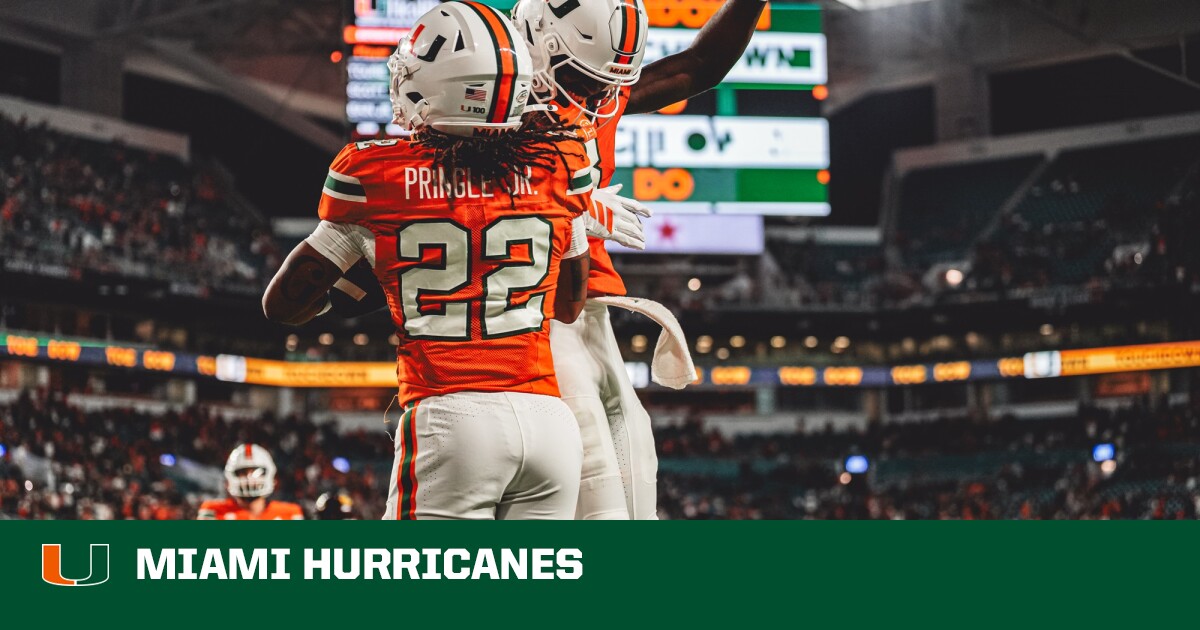Introduction
In today’s fast-moving global economy, supply chains are the backbone of commerce, ensuring that goods move efficiently from manufacturers to consumers. However, traditional supply chains often suffer from inefficiencies, lack of transparency, and vulnerabilities to fraud. The convergence of Internet of Things (IoT) and blockchain technology is revolutionizing this space, enabling smarter, more secure, and more efficient supply chains.
IoT provides real-time data collection through sensors and smart devices, while blockchain offers an immutable, decentralized ledger to track transactions securely. Together, they create a transparent, traceable, and automated supply chain ecosystem. This article explores how these technologies work in tandem, their real-world applications, and future trends shaping the industry.
The Role of IoT in Smart Supply Chains
Real-Time Tracking & Monitoring
IoT devices, such as RFID tags, GPS trackers, and temperature/humidity sensors, provide continuous monitoring of goods as they move through the supply chain. This allows companies to:
- Monitor shipment conditions (e.g., prevent spoilage of perishable goods like pharmaceuticals or food).
- Optimize routes to reduce fuel consumption and delays.
- Predict maintenance needs for vehicles and machinery.
Example: Maersk, a global shipping giant, uses IoT sensors to track refrigerated containers, ensuring food and medical supplies remain at optimal temperatures.
Automated Inventory Management
IoT-powered smart warehouses use connected devices to track inventory levels in real-time, reducing human error and improving stock management. Automated systems can:
- Trigger reorders when stock runs low.
- Reduce theft and loss through RFID-based tracking.
- Enhance warehouse automation with robotics and AI-driven analytics.
Example: Amazon’s warehouses utilize IoT-powered robots to streamline order fulfillment, reducing processing times significantly.
The Role of Blockchain in Smart Supply Chains
Enhancing Transparency & Traceability
Blockchain creates an unchangeable digital ledger where every transaction or movement of goods is recorded. This ensures:
- End-to-end visibility from raw materials to end consumers.
- Authentication of products, reducing counterfeit goods.
- Faster dispute resolution due to verifiable transaction records.
Example: Walmart uses blockchain to track food products. In case of contamination, they can trace the source in seconds instead of days, improving food safety.
Smart Contracts for Automation
Smart contracts (self-executing contracts on blockchain) automate supply chain operations by:
- Automating payments upon delivery confirmation.
- Enforcing compliance between suppliers, manufacturers, and retailers.
- Reducing fraud by eliminating intermediaries.
Example: TradeLens, a blockchain platform by IBM and Maersk, automates shipping documentation, cutting processing time by 40%.
IoT & Blockchain: A Powerful Synergy
While IoT provides real-world data, blockchain secures and verifies it, eliminating tampering risks. Together, they enable:
1. Fraud Prevention & Anti-Counterfeiting
- Luxury brands (e.g., LVMH, De Beers) use blockchain to verify authentic products.
- IoT sensors ensure goods haven’t been tampered with during transit.
2. Sustainability & Ethical Sourcing
- Consumers demand ethical sourcing (e.g., conflict-free minerals, fair-trade coffee).
- Blockchain provides proof of origin, while IoT checks environmental conditions.
Example: BHP Billiton (mining company) uses blockchain to track mineral supply chains, ensuring compliance with ethical mining practices.
3. Predictive Maintenance & AI-Driven Logistics
- IoT sensors collect data on machine performance.
- Blockchain logs maintenance records, while AI predicts failures before they occur.
Recent Developments & Industry Adoption
1. Supply Chain Digitization in Pharma
The COVID-19 vaccine distribution highlighted the need for temperature-controlled IoT tracking and blockchain-based batch verification. Companies like Pfizer & Moderna used these technologies to ensure safe global delivery.
2. Decentralized Supply Chain Finance
Blockchain enables supply chain financing, where SMEs get faster access to credit using tokenized assets and IoT-verified inventory data.
3. Government & Regulatory Adoption
- The EU’s Digital Product Passport initiative mandates blockchain for tracking goods.
- The US FDA supports blockchain to track pharmaceuticals, reducing counterfeit drugs.
Future Trends & Challenges
Future Trends:
- AI + IoT + Blockchain Integration – AI will analyze IoT data and blockchain records for predictive supply chain optimization.
- 5G-Enabled IoT – Faster connectivity will improve real-time supply chain responsiveness.
- Circular Supply Chains – Blockchain will promote sustainable recycling & reuse by tracking product lifecycles.
Challenges:
- Scalability – Blockchain networks must handle millions of IoT transactions efficiently.
- Interoperability – Different blockchain platforms must seamlessly integrate with IoT devices globally.
- Security Risks – IoT devices remain vulnerable to hacking, requiring stronger encryption and decentralized security models.
Conclusion
The integration of IoT and blockchain is transforming supply chains into smarter, more efficient, and transparent ecosystems. From real-time tracking with IoT to fraud-proof ledgers on blockchain, businesses are leveraging these technologies to cut costs, enhance trust, and improve sustainability.
As 5G, AI, and decentralized finance evolve, the supply chain of the future will be autonomous, self-verifying, and deeply interconnected. Companies that adopt these innovations early will gain a competitive edge, while consumers benefit from safer, more reliable products.
For tech-savvy businesses and innovators, now is the time to explore IoT-blockchain integration—before the next wave of supply chain disruption arrives.
Would you like deeper insights into a specific aspect, such as regulatory impacts or industry-specific applications? Let me know how I can expand further!




